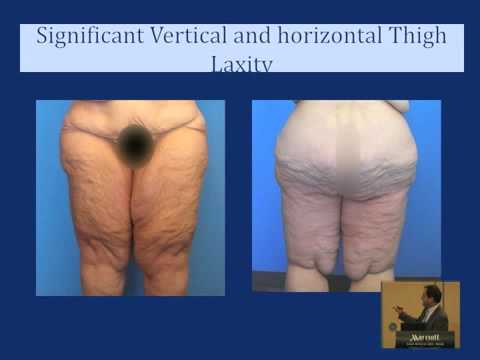Why Do Warm-ups?
The reason you should warm up is simple. Warming up helps your soft tissue warm up, and that will in turn prevent them from being damaged during the course of your work out. Your soft tissue is your muscle, sinews and tendons, and in order to actually warm them up, several factors should be taken into account. The first is the warmth of your gym or home. A colder building or room will obviously determine the amount of time necessary in order to achieve the same warm up as a hot one. Your age is another determining factor; older people require more time than younger. Injuries in general need longer and more careful warm ups.
There is a second and essential aspect of warming up that is often overlooked, and that is the manner in which it will help you 'groove' your exercise into your mind. This is especially true with lifting free weights. By warming up with just the bar or very light weights, you train your body in how to do the exercise. This is adapted to by your neuromuscular system, so that when you actually attempt a workout set, you can focus on simply exerting force on the weight, and not distract yourself in trying to do the exercise properly.
How should you warm up? Anything that mimics the range of motion to be exercised in the workout is good. Thus, if you are going to be squatting, five or ten minutes on an exercise bike is excellent, due to it following the right range of motion. Even better is a rowing machine, since that also incorporates the arms, shoulders and back. If you are doing free weight exercises, than you should also warm up with lighter loads. Of key importance however is that your warm up exercises not interfere with the amount you can do in your work set; your warm ups should do that, warm you up, and not fatigue you. Therefore it's always wise if doing a barbell exercise to do perhaps eight reps with just the bar, 5 sets at 60%, and 3 sets at 75%. This will get you in the right mind frame, will prepare your body for the heavier load, and help you 'groove' the exercise.
Moral of the story: if you don't have time for your warm ups, you don't have time to exercise. Attempting to make significant gains in the gym or at home without warming up is asking for injury, and that is rank foolishness. Put aside time to warm up, which should consist of some five or ten minutes of relevant aerobic exercise and reps before each exercise at substantially lower difficulty so as to not interfere with the actual work set. That done, you should do better due to greater tissue resilience and improved 'grooving' of the work out.
Related Articles
-
Detoxing Your Body For A Healthier and Stronger You
If you are like most individuals who have a weight dilemma, you’
-
Weight Loss Tips ~ How Losing Weight Is A Bit Like Visiting An Ancient Palace
When were in Spain we decided to visit the Alhambra. This sounds as
-
10 Difficult Stages Of Losing Weight (And Why You Might be Failing)
It happens to all of us.
-
Hoodia - How Much Should You Take?
Hoodia Gordonii is a proven, natural weight loss aid that many peo
-
Weight Loss From Right Thoughts
In weight loss, success could be dictated by how the person makes use
-
Burn Fat Faster And Have Lasting Health With Two Magical Substances
In all of my experimentation and investi
- DON'T MISS
- Lose Weight Really Fast - Discover The Truth Behind A Successful Weight Loss Plan!
- Go under the knife to lose weight and cure diabetes
- The Secret to Successful Weight Loss
- Weight Loss Surgery- Is A Way To A Healthier Life!
- Expert Suggestions That Build A Better Weight Loss Plan
- Delicious Menu's Offered By Nutrisystem And Medifast Diets
- Weight Loss Tips And Some Great Natural Quick Weight Loss Treatment
- Weight Lifting Programs: Why They Should be Incorporated Into Your Fitness Goals
- The Truth Behind Low Calorie Diets
- 4 Things You Must Master For Real Weight Loss




